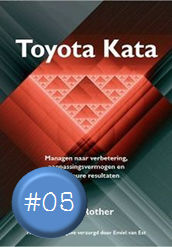
Matthew Lynch geeft in zijn artikel How to Mitigate Cognitive Load in Online Learning vijf tips om cognitieve overbelasting te voorkomen bij het ontwikkelen van leerinterventies:
![]()
The job of an instructional designer is not just about creating content. It’s about designing your content to meet the needs of your learners, so they can follow the process and retain the information they learn (...) The human brain has a limited amount of space, and we all have different learning capacities. Cognitive load is the amount of mental exertion needed by your brain to complete a task. So, for you to create an ideal online learning environment, it’s best to contemplate reducing cognitive load.
(1) Hapklare brokken
Presenteer content in afgebakende eenheden met een beperkte studiebelasting (‘chunking’)
(2) Gebruik infographics
(3) Ontwerp intuïtief
Zorg voor een intuïtieve interface, waarbij je ze geeft wat ze verwachten.
(4) Praktische inhoud
Laat lerenden oefenen met wat ze moeten leren en pas de les toe op realistische taken.
(5) Schrijf duidelijk en beknopt
Des te beknopter te content, des te makkelijker deze te begrijpen is.
- Tips om cognitieve overbelasting bij online leren te voorkomen, Wilfred Rubens
- How to Mitigate Cognitive Load in Online Learning, Matthew Lynch




















